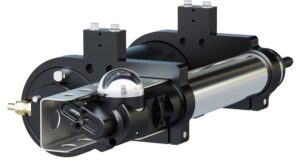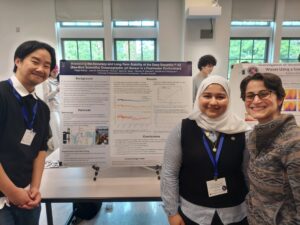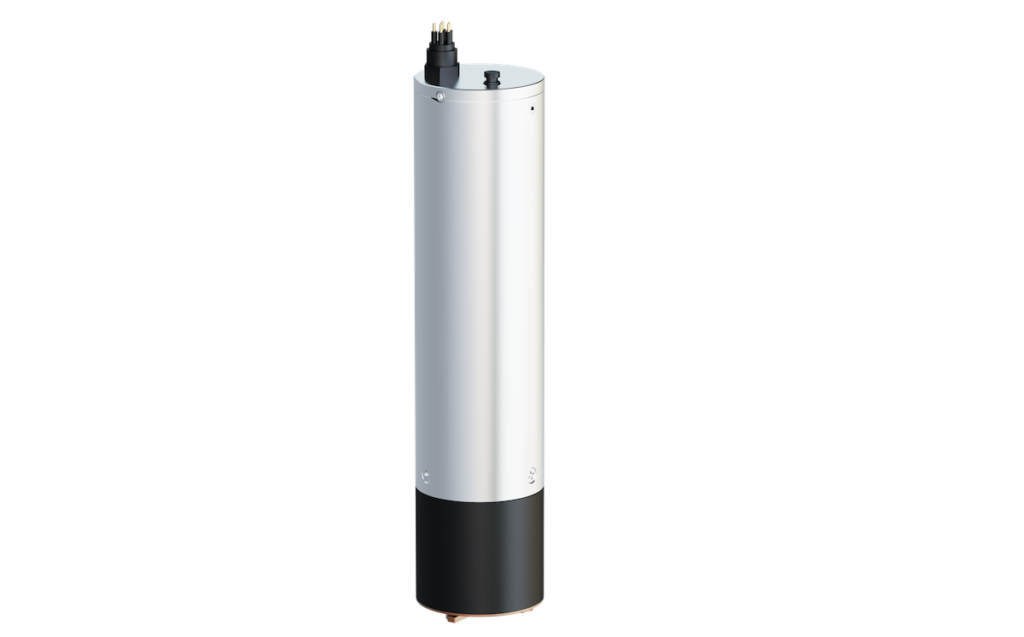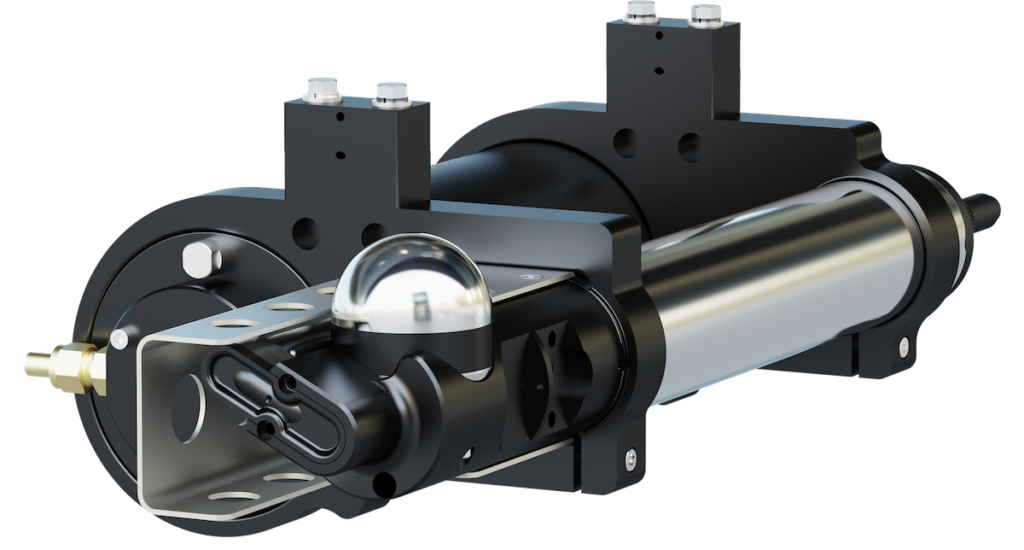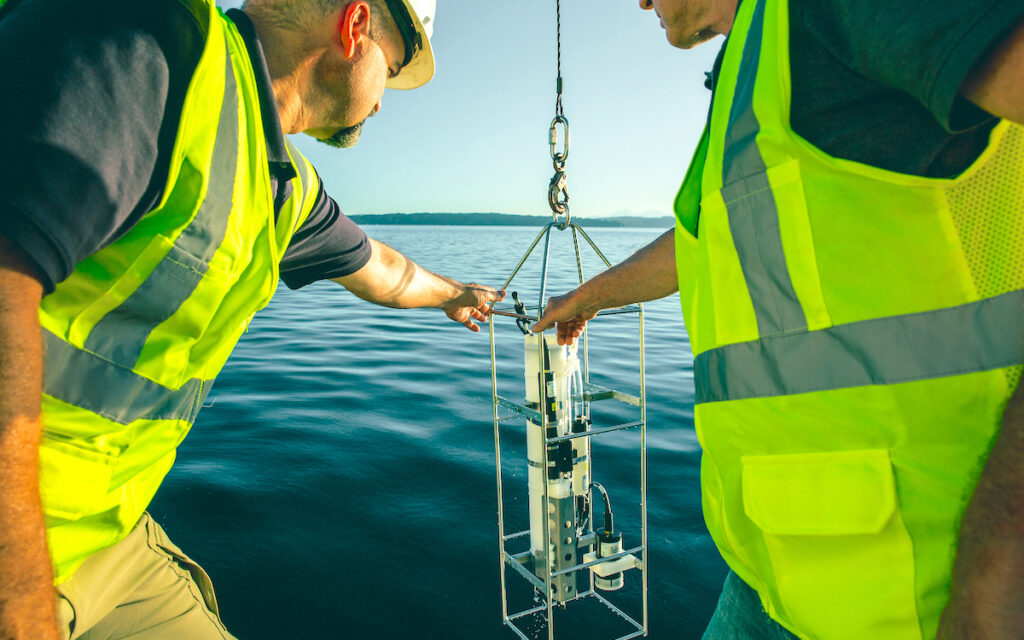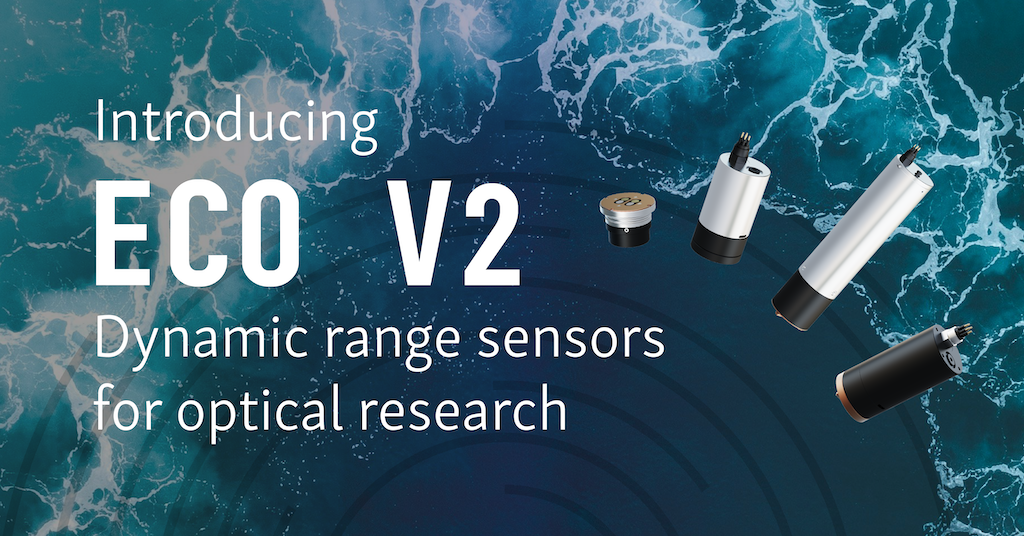
Sea-Bird Scientific collaborated with the University of Washington (UW) to assess the performance of the Deep SeapHOx™ V2 pH sensor in freshwater environments.
This seven-month case study evaluated the sensor’s stability, accuracy, and adaptability outside its original design environment.
The project brought together Sea-Bird Scientific’s Charlie Branham, Ph.D., Principal Chemist, and Marialena Christopoulou, Ph.D., Customer Support Scientist, with UW faculty and students led by Sasha Seroy, Ph.D., Assistant Teaching Professor and Program Lead.
Designed for marine use, the Deep SeapHOx™ V2 pH sensor integrates the SBE 37-SMP-ODO MicroCAT with a Deep SeaFET pH sensor.
Deploying the Deep SeapHOx™ V2 in Freshwater: Two Key Challenges
The sensor was originally designed for oceanic conditions, where higher conductivity and stronger buffering capacity contribute to more stable pH measurement. In freshwater, these properties are reduced, leading to greater signal instability.
In addition, no established deployment or calibration protocols existed for operating the sensor outside marine systems, requiring the team to design new methods from the ground up.
The team designed a modified methodology for adapting the sensor to freshwater conditions:
- Deployment site: The instrument was moored at 3 meters depth from UW’s Marine Science Building dock, allowing long-term exposure to urban water quality variations while maintaining accessibility for monitoring.
- Reference system: Biweekly water samples were collected using Niskin bottles. Samples were processed under strict handling conditions to eliminate air contamination, then transported to Sea-Bird Scientific’s laboratory for spectrophotometric pH analysis following the Easley and Byrne (2012) method.
- Data processing: Students used Python visualization tools to compare in situ measurements with laboratory reference values, applying correction models to stabilize sensor outputs.
Results
The adapted workflow enabled the Deep SeapHOx™ V2 to achieve accuracy within 0.05 pH units in freshwater after appropriate corrections. This confirmed that ISFET-based pH sensing can be extended to non-marine environments when supported by a rigorous calibration and validation framework.
The study demonstrated that effective calibration workflows are essential when adapting marine sensors for use in freshwater. Pairing field deployment with laboratory validation proved to be a reliable method for testing instrumentation beyond its original operating environment.
Additionally, conducting trials in an urban freshwater setting introduced variable water quality conditions that provided a valuable opportunity to stress test the stability and robustness of the sensor.
The dataset was applied in UW’s Exploration and Remote Instrumentation by Students program for CTD comparisons, integrated into Ocean 351 coursework, and will be presented at OCEANS 2025, with a white paper to follow.
By re-engineering deployment and calibration procedures, the project successfully demonstrated that the Deep SeapHOx™ V2 can deliver reliable pH measurements in freshwater. The case study highlights how cross-sector collaboration can expand instrument capability while training the next generation of ocean scientists in practical sensor development and data validation workflows.






